Type “massage tools” into an internet search and you’ll quickly be overwhelmed by options. Which is better? Electric shiatsu with heat? Nubbed bars that promise to nibble away at your pain? The search can leave you with more questions than answers. But, before you let yourself get inundated by unnecessary bells and whistles or start shelling out big bucks for regular massage therapy, reach for a small hard ball.
A hard rubber lacrosse ball can work wonders. But if you don’t have one handy, feel free to wrangle the tennis ball away from Fido. Any durable small ball you can palm can help you get a grip on myofascial release and enable you to up your fitness game. A small ball can go where a foam roller cannot. Plus, it’s easy to toss one of these suckers in a bag or drawer to use just about anywhere.
Tightness you might perceive as muscular in nature can limit your joint range of motion during a workout and inhibit post-workout recovery. However, that tightness isn’t always due just to muscles. Fascia is often the culprit. You have two types of fascia in your body that can lose pliability and in some cases form movement restricting adhesions. Superficial fascia is a head-to-toe sheath of tissue that wraps around all of your muscles and organs, holding everything together. Myofascial tissue is found within muscles. Both types of fascia can do their duty of providing both structure and elasticity to allow for proper joint and muscle function if you properly care for it.
You May Also Like: 3 Resistance Band Stretches to Increase Your Mobility
That’s where a lacrosse ball comes in.
A lacrosse ball is firm enough that you can use it to apply compression to the fascia. In addition, the roundness of the ball allows you to roll while compressing, which can aid myofascial release and break up adhesions. It’s small enough that you can dig into troublesome spots where foam rollers might not be able to reach.
Anytime you are executing fascia release, move slowly. You can work on a single body part for up to 2 minutes. But, it usually feels best to work in short bouts and inch your way along a given muscle. You should feel pressure and a bit of discomfort when you hit tight places. However, you should not press so hard that you bruise yourself. Remember, the ball is a recovery tool!
Here are 3 Ways to Use the Lacrosse Ball:
For Your Feet
Place the ball under the arch of your right foot. Take your left foot behind your slightly. Then, step your left foot forward. Step slowly back and forth a few times. Apply some body weight as you roll your foot around from toes to heel on the ball. Switch feet.
Glute Release
Place the ball under one glute and sit on it. Gently roll to a point where you feel tension. Pause for several seconds at tight points. Switch sides.
Forearm/Wrist Relief
Hold the ball in one hand and apply pressure as you roll it up and down the opposite forearm.

